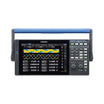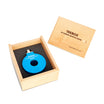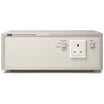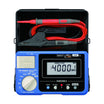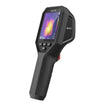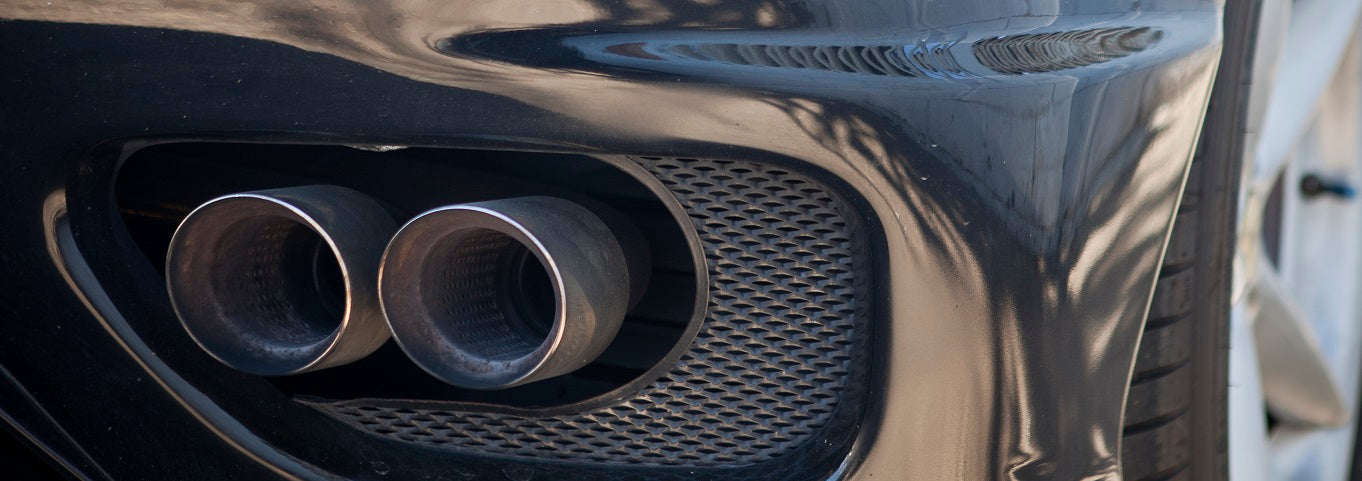
Exhaust Noise Testing
The exhaust noise from vehicles with internal combustion engines is very important. It must support a good engine sound quality while not being disturbing or violating noise legislation. The intake system and exhaust system are highly responsible for the engine noise character and sound pressure level (SPL) and must be tuned to meet the required performance. The engine sound quality should provide driver information about engine rpm as well as a suitable sound for the vehicle type, e.g. powerful and sporty during acceleration, but silent during constant speed driving. This also applies to the exterior sound where the sound character should match the vehicle brand identity.
Learn more about the challenges and how to select the right microphone
Selected products
- GRAS 40SC
A probe microphone for measurements directly in the exhaust flow - GRAS 146AE
The perfect choice for inside car testing - GRAS 42AG
The ideal solution for calibration
Resources
ACOUSTIC TEST TYPES WITHIN EXHAUST NOISE TESTING
Sound transmission loss (measurements on dynamometer and test rig)
The sound transmission loss of the exhaust system in whole or partly is verified in a sound transmission loss test. This rig basically includes four microphones, a power amplifier with speaker as excitation source, the object to be tested, and an anechoic termination at the downstream end. This testing is done at the component supplier or the OEM. The result is used for verification of requirements and benchmarking, computer-aided engineering (CAE) correlation and during development.
The radiated noise from the exhaust system parts and the tailpipe noise is measured on a full vehicle in a hemianechoic test cell with noise, vibration and harshness (NVH) chassis dynamometer. This is important for verification and benchmarking and for understanding the source contribution both for vehicle interior and pass-by noise. The microphones are placed in the near field of the muffler or other parts to be investigated.
Microphones for the tailpipe noise are most often placed at an angle to avoid the direct exhaust flow. Probe microphones should be used, if the microphone needs to be in the exhaust flow or in the proximity of a very hot part. Sound pressure levels and engine orders versus engine rpm are analyzed.
Acoustic transfer function (ATF) measurements from the exhaust pipe to the vehicle interior are used to verify the acoustic package and to validate CAE models, but can also as be used as one of several inputs for vehicle simulators where sound quality design targets can be evaluated subjectively at an early stage before hardware is available.
Pass-by noise
The pass-by noise measurement is the critical final testing to verify that the legislation requirements can be met and, if not, to find the main source of the problem. This is done on a dedicated test track as per global standards. Additional muffling for the exhaust system can be used to understand, if the tailpipe noise is the problem.
Indoor pass-by noise is used for development and requires a very large hemi-anechoic chamber and a microphone array on each side of the vehicle to simulate the actual pass-by. For source contribution analysis, the ATF from the exhaust system to these microphones needs to be measured.
Example
A vehicle verification test on a NVH chassis
dynamometer typically includes two to four
microphones at ear level inside the vehicle
distributed between the driver’s and passenger
seats. The wheel rpm is used to track the gear
orders and can be registered with an optical or
inductive sensor or from ABS sensors. The CAN
bus also provides powertrain performance data
to further increase the knowledge


